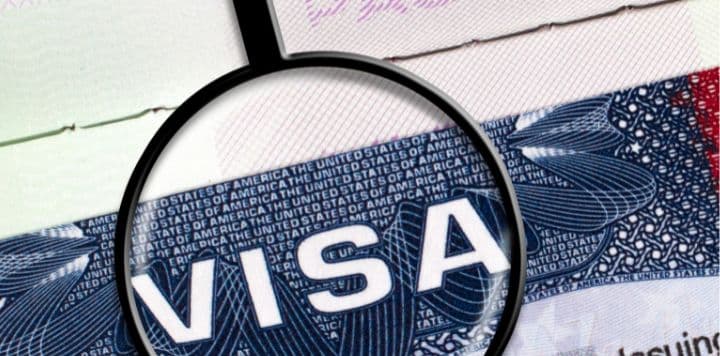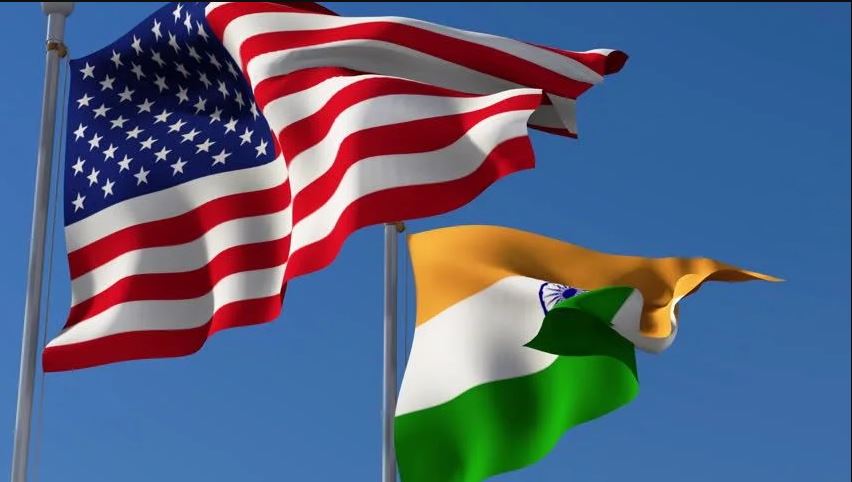Introduction
Applying for an Indian visa can be a straightforward process, but there are instances when applications get rejected. Understanding the reasons behind rejections and knowing how to avoid them can save you time, money, and frustration. This article will walk you through everything you need to know about Indian visa rejections, from common mistakes to tips for a successful application. INDIAN VISA REJECTED
Understanding Indian Visa Rejection
What is an Indian Visa Rejection?
An Indian visa rejection occurs when the Indian authorities deny your application for a visa to enter India. This can happen for various reasons, ranging from incomplete forms to lack of necessary documents. When a visa is rejected, it means you are not permitted to enter India on that particular application, and you may need to reapply or appeal the decision.
Common Reasons for Indian Visa Rejection
There are several reasons why an Indian visa application might be rejected, including:
- Incomplete application forms
- Incorrect information provided
- Lack of supporting documents
- Suspicious travel history
- Previous visa violations
Types of Indian Visas
India offers various types of visas depending on the purpose of your visit. Understanding the type of visa you need and its specific requirements can help in avoiding rejection. INDIAN VISA FOR IRELAND CITIZENS
Tourist Visa
A tourist visa is for individuals who wish to visit India for tourism purposes. This visa typically allows a stay of up to 6 months.
Business Visa
A business visa is for those traveling to India for business-related activities such as meetings, conferences, or trade events. It usually requires an invitation from an Indian company.
Medical Visa
A medical visa is granted to those seeking medical treatment in India. It requires proof of appointment or treatment from a recognized hospital or medical center in India.
Student Visa
A student visa is issued to individuals who wish to pursue studies in India. It requires admission proof from a recognized Indian educational institution.
Common Mistakes Leading to Rejection
Incomplete Application Form
One of the most common reasons for visa rejection is an incomplete application form. Every section of the form needs to be filled out accurately and thoroughly.
Incorrect Information
Providing incorrect information, whether intentional or accidental, can lead to immediate rejection. This includes mismatched details between your application form and your supporting documents.
Lack of Supporting Documents
Failure to provide all the required supporting documents is another major reason for rejection. Each visa type has specific document requirements that must be met.
How to Avoid Indian Visa Rejection
Thoroughly Checking the Application
Before submitting your application, double-check all the information to ensure it is complete and accurate.
Providing Accurate Information
Make sure all the information you provide is accurate and matches the details in your supporting documents.
Submitting All Required Documents
Ensure you have gathered and submitted all the necessary documents as per the visa type you are applying for.
Detailed Documentation Requirements
Passport Requirements
Your passport should be valid for at least six months beyond your intended stay in India and have at least two blank pages.
Proof of Funds
Proof of sufficient funds to cover your stay in India is essential. This can include bank statements, salary slips, or sponsorship letters.
Invitation Letters
For business or medical visas, an invitation letter from the host company or medical institution in India is required.
Photographs
Ensure that your photographs meet the specifications required by the Indian visa authorities. Generally, this means a recent passport-sized photograph with a white background.
Impact of Previous Visa Rejections
Consequences of Previous Rejections
A previous visa rejection can impact future applications. It may raise red flags with the authorities, making them scrutinize your application more thoroughly.
How to Address Past Rejections in New Applications
Be honest about past rejections in your new application. Provide clear explanations and any supporting documents that can clarify the situation.



